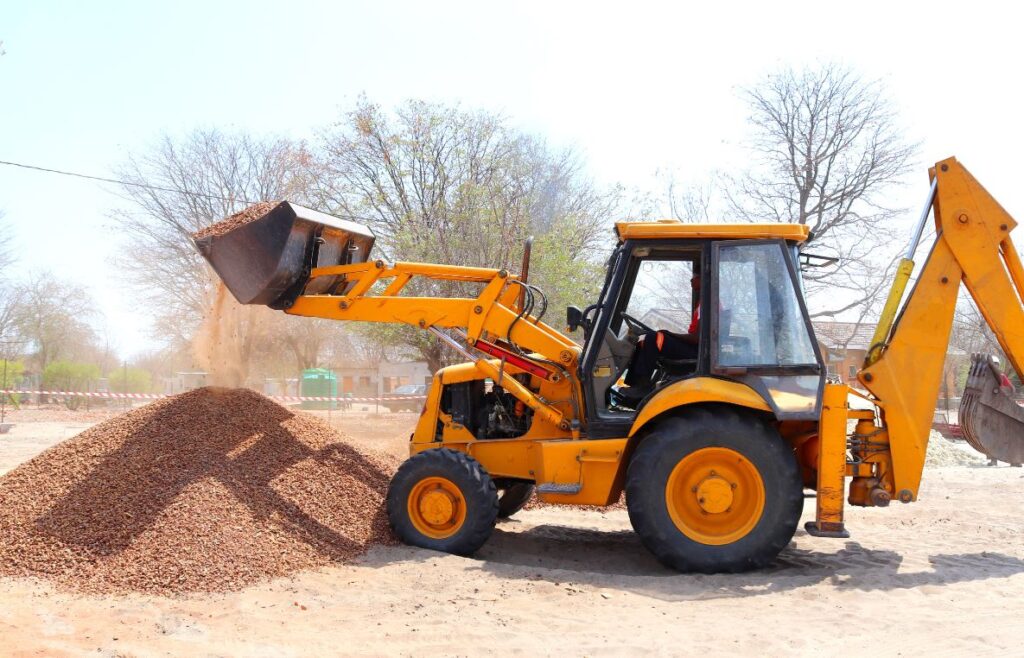3KM.ca was not involved in the creation of this content.

Soil remediation is part of a gamut of services offered by civil construction companies. As part of this activity, the contaminated soil is removed using various technologies, and the site is treated well for further projects. The soil may be contaminated due to environmental reasons (like pollution, oil spills, industrial waste and more) or because of the presence of toxic elements in it. If a demolition has happened on a particular project, it may contain traces of toxic or hazardous elements in it. Soil remediation Vancouver involves cleaning up the site and disposing of all the toxic elements carefully.
Since it is a risky job, we suggest you book experienced civil engineering companies only for carrying out soil removal Vancouver. This way, you can be assured that the site will be cleaned up properly using the latest and advanced tools/technologies, thereby mitigating all damage caused to the nearby surroundings, at the time of cleaning up the soil.
Some of the technologies used by professional companies to clean the soil and groundwater of all contaminants are:
Bioremediation
This is one of the most common remediation technologies used for getting rid of contaminants from soil and groundwater. Here, organic substances are mainly used for cleaning the contaminants.
Electro-kinetic Remediation
Used mostly for getting rid of organic and inorganic contaminants, the electro-kinetic method of remediation involves the use of electric fields and electrodes. Almost all hydrocarbons and heavy metals are removed from the soil in this process.
Stabilization
Also known as solidification, stabilization involves adding some additives into the soil and making the contaminants ineffective. In the method of stabilization, the contaminants are changed into a form, which is way toxic than their original form. In this method, the contaminants aren’t removed from the soil completely, but their mobility is restricted. You can be assured that the toxic waste won’t leak from the soil or groundwater.
Soil Washing
Here, the soil is washed using a chemical additive before it is scrubbed very well. In this method, the contaminants get neatly separated from the soil because of the power of the chemical compound used. If the soil that is separated from the contaminants is of fair quality, the company proceeds to treat it to be used for further projects. However, if the soil has been affected too much by the contaminants, then it is disposed of safely in an eco-friendly manner.
Soil Vapor Extraction
When volatile compounds contaminate the soil, cleaning mostly happens through the soil vapor extraction method. The vadose zone, which is the area between the top of the soil surface and the water table, is of extreme importance in this method. Here, some screened wells are placed in the vadose zone. Then, the contaminants and contaminated vapors from the soil are extracted through the vapor in these screened wells to treat the soils.
Thermal Desorption
Used to get rid of soils affected by volatile components only, thermal desorption, as the name indicates, uses heat to get rid of the contaminants. The heat is used to vaporize the contaminants. The vapor is then accumulated and transferred to a gas factory, where it is treated properly to get rid of the toxic elements.
3KM.ca was not involved in the creation of this content. Information contained on this page is provided by an independent third-party content provider. 3KM.ca makes no warranties or representations in connection therewith.




